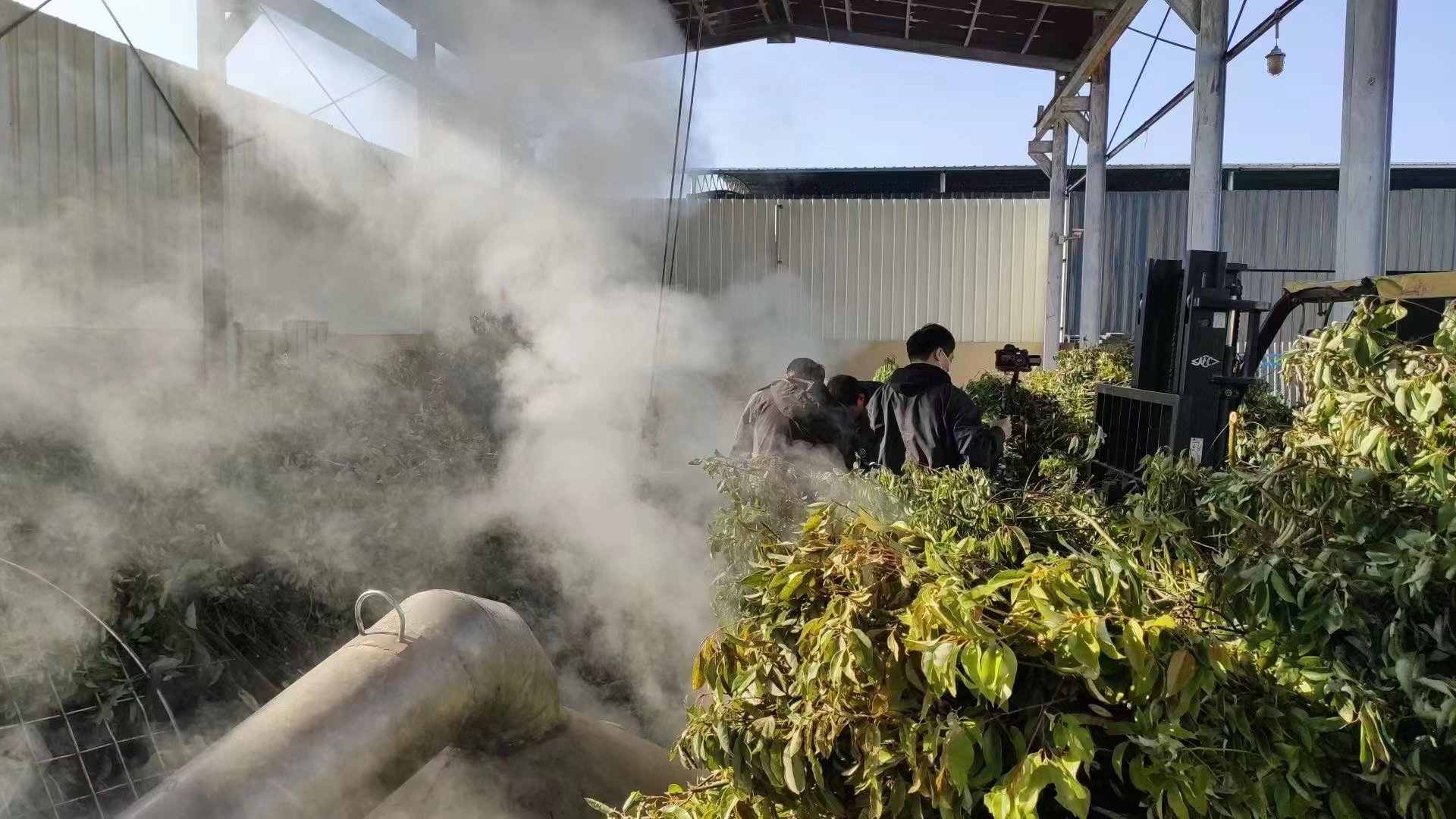How To Extract Natural Camphor
Natural camphor: The main trees suitable for extracting natural camphor in China are:
① Camphor tree. Also known as camphor, it is the most important tree for extracting camphor and camphor oil. In terms of the composition of camphor oil, it can be divided into 3 types: native camphor (mainly containing camphor), linalool (mainly containing linalool) and linalool (mainly containing eudesin and terpineol).
Cinnamomumbodinieri.
③ C. landuliferum.
Camphor is refined from crude camphor. Crude camphor is usually processed in winter with more than 50 years old camphor tree trunk and roots as raw materials, cut into thin slices and distilled in wood retter, camphor and camphor oil with water vapor distillation, condensation of white crystals for crude camphor, oil liquid for camphor oil. The total rate is 2.0 to 2.5%. There are two methods for refining crude camphor: air sublimation and continuous fractionation sublimation. In China, air sublimation is the main method. The crude camphor is removed from oil and water by centrifuge first, then melted and sublimed in a sublimation pot, and the camphor vapor is introduced into the first sublimation chamber with the air blown into the top of the pot, and the cooling temperature is controlled to obtain powdery crystalline products. After entering the second and third sublimation chamber, due to the low control temperature, the water and oil content below the boiling point of camphor are condensed and crystallized here with a small amount of camphor vapor, which is the crude camphor product (more than 8% of the oil water) and needs to be refined by re-sublimation. Chinese natural refined camphor has two kinds of powder and block. Quality in line with national pharmacopoeia specifications: melting point 174 ~ 179℃, specific curl [a] +41° ~ +43° (20% in ethanol), non-volatile matter below 0.05%, water in line with 1 gram plus petroleum ether 10 ml clarification and dissolution.
Process flow
(1) Raw materials selected camphor tree trunk, root parts contain camphor and camphor oil 2%-4%, branches, leaves contain 1%-3%. The older the tree, the higher the content. Large pieces of bitter taste contains more camphor, spicy astringent taste contains more camphor oil. It is better to collect in autumn, when leaves have high brain content. When picking leaves, leave 16 leaves per tree, and it is advisable to choose trees that are more than 30 years old. The felled branches and roots should be cut into slices 2.5 cm wide, 1 cm thick and 10 cm long.
(2) The cooker can not be made of iron, and it is better to make copper or stainless steel. The steam cooker is equipped with a wooden steamer with the same caliber as the pot. Put it over the pan. For processing, the leaves of camphor or camphor wood flakes are packed into the steaming bucket. The water in the pot is separated from the ingredients by 10 cm. After feeding, close the lid and charging port immediately, and then check the connection between the still and the cooler. If there is no air leakage, the distillation can start. The water level in the pan should be maintained during distillation to prevent drying out or scorching. The water separated from oil and water is used as return water and returned to the steamer for use.
(3) The steam with camphor and camphor oil is separated by cooling and enters the multi-ring disc cooler through the airway, and the camphor and oil float on the water surface after condensation. The separated water should be transparent, and if it is not transparent, it should be separated again to improve the oil rate. Filter the camphor and camphor oil floating on the water with gauze. That is, crude camphor, and the remaining camphor oil contains most of the camphor, so it is called camphor oil.
(4) When the camphor oil is extracted from camphor oil, the camphor oil is put into the still pot for secondary distillation, and the distilled liquid at 155-200 ° C is called white oil. The white oil was cooled and crystalline camphor was precipitated.
